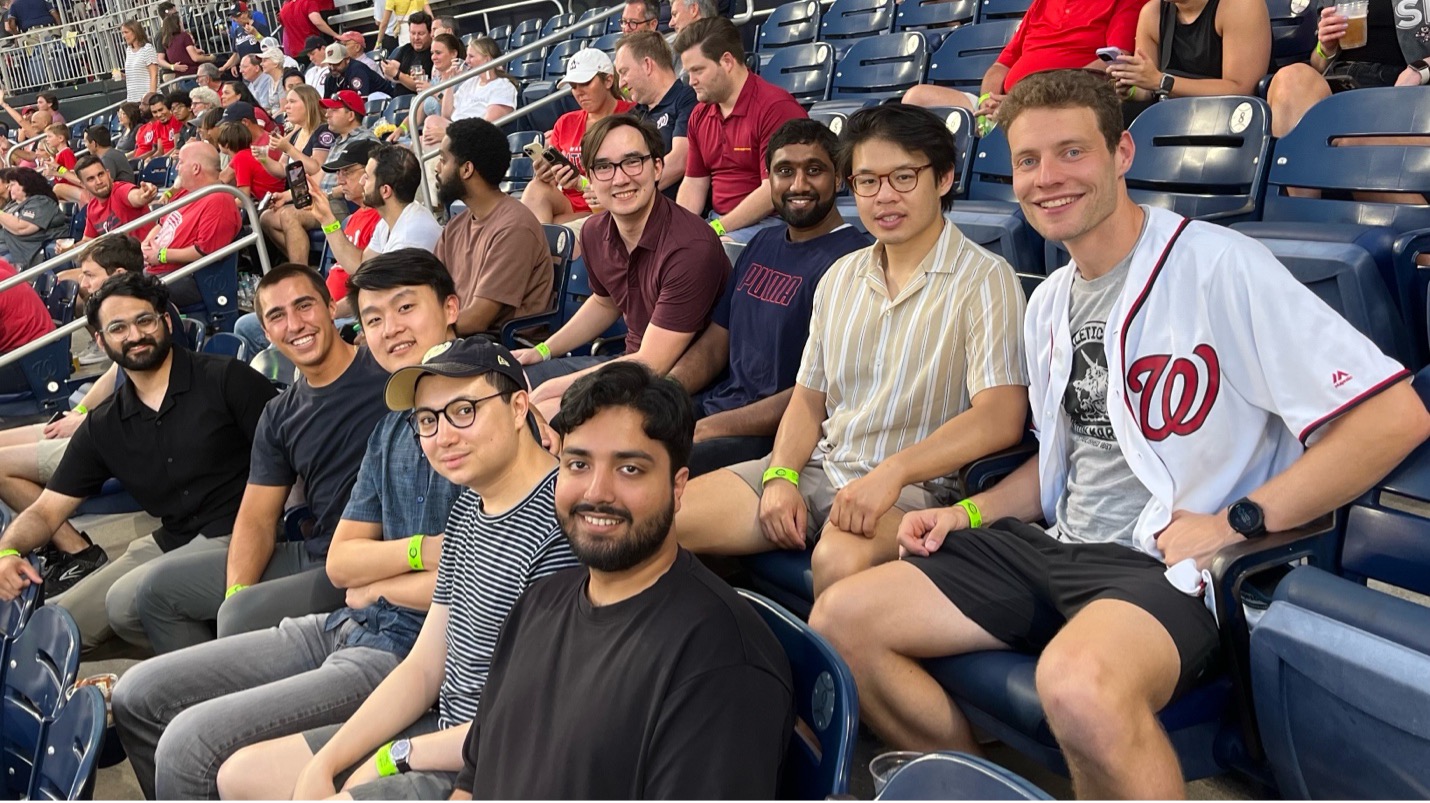For the past five years Expedition Technology has been developing novel deep learning architectures to solve a broad set of signal processing research problems. While we can’t always publish our results, we are very happy we can share the results of some of our foundational work developing channel-robust, complex-valued Convolutional Neural Networks (CNNs).
While fully connected feed forward networks of sufficient size are capable of approximating arbitrary functions, tackling sufficiently interesting problems usually requires the development of an architecture that takes advantage of the symmetries in the problem. For example, CNNs were designed to take advantage of spatial invariance in imagery–we want our networks to recognize an object regardless of its location in the image.
For similar reasons, we use CNNs in our deep learning architectures for digital signals, so our solutions recognize radio frequency emissions and their signatures regardless of their location in the digital stream. Specifically, we use these approaches to uniquely fingerprint emitters on a variety of programs, as developed on our RFMLS program with DARPA. Transmitted digital signals include a couple additional complications: they are naturally complex-valued data, and the medium over which they are transmitted can impose significant variations in otherwise identical signals, known as channel effects. Our most recent work tackles these additional complications by developing a novel approach that uses complex-valued neural networks and takes advantage of the symmetries of channel effects to create a more robust architecture for device fingerprinting.
Rather than ruin the surprise, we encourage you to read through the article and remind yourself of the mathematics of manifolds and group theory you likely forgot after graduation. As always, if developing these kinds of algorithms and deploying them in service to our nation is the kind of satisfying work you’re seeking, take a look at our jobs page and drop us a note.

The proposed Channel Robust Representation Networks for RF Fingerprinting (ChaRRNet) architecture. Newly proposed layers are equivariant and invariant to the frequency response of a Finite Impulse Response (FIR) filter. The resulting signal classification can recognize the same signal under real-world channel and propagation effects such as multipath.






